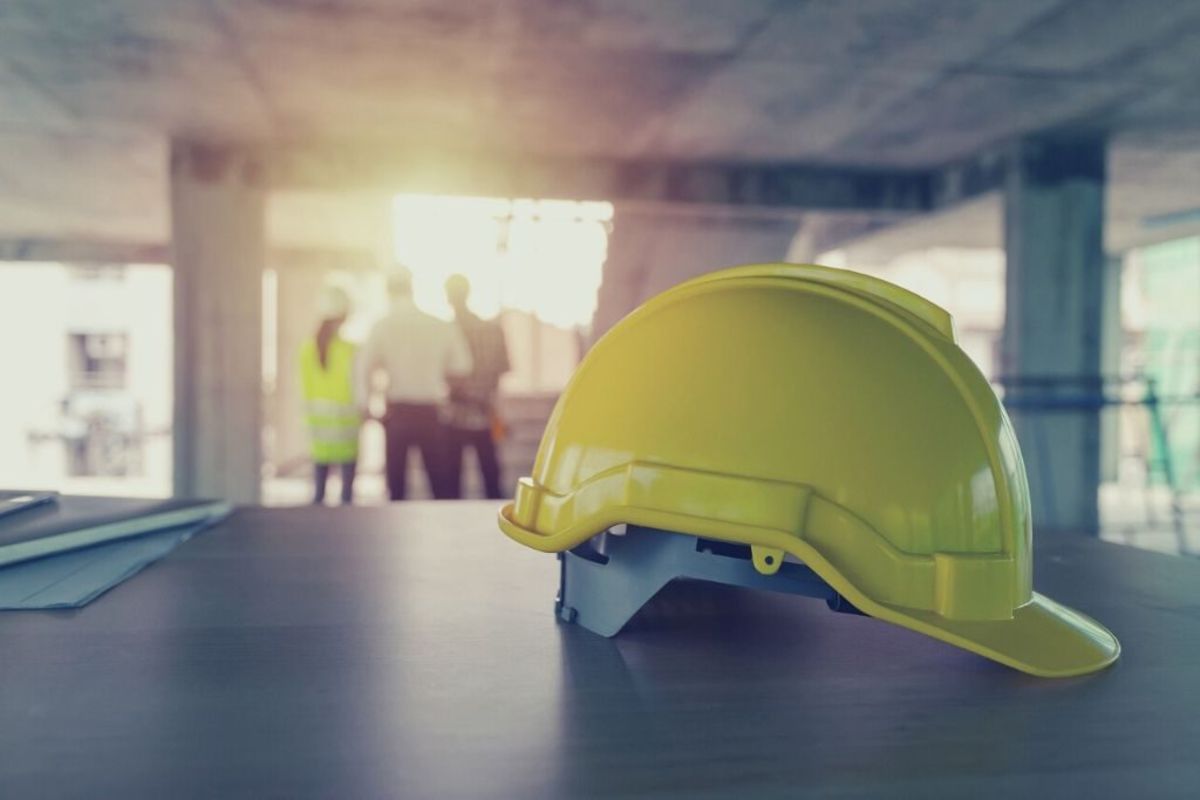Kai Oberste-Ufer
Kai is a civil engineer with a strong focus on IT and holds the position of Senior Manager of Digital Planning at dormakaba digital. Through his work, he seeks to answer the question: "How do we plan, build, and operate buildings in the future, and how can we best support this process digitally?"


